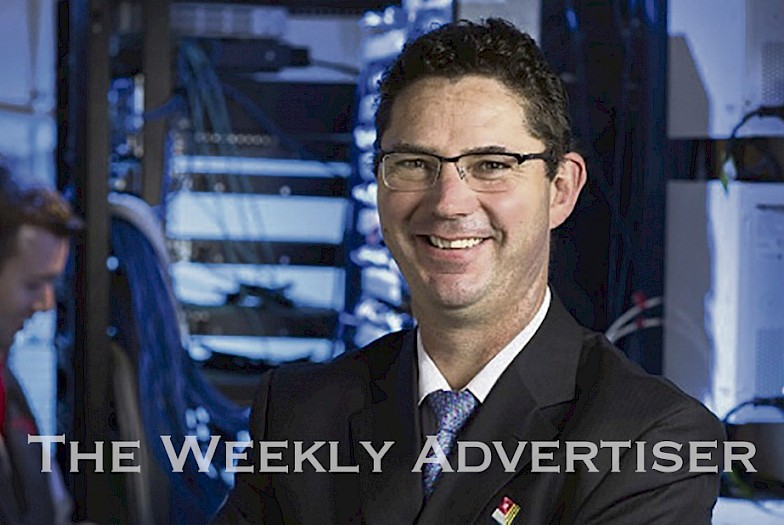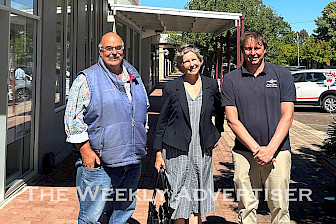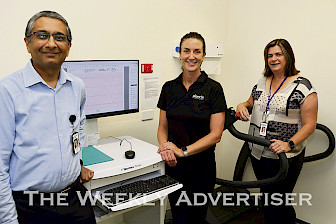Hospital board members also believe the switch to virtual meetings at the start of the pandemic significantly improved time management, allowing resources to be redirected into patient care.
West Wimmera Health Service chief executive Ritchie Dodds said governments should consider retaining the telemedicine model.
“Hopefully we will at least retain some if not all items that are funded through telehealth,” he said.
“If we can open up the communication channels, we can do some great work together.
“I’d be expecting that’s going to be the new normal, where people will start using these technologies more and using them for the benefits of patients.”
Mr Dodds said during the pandemic doctors saw significant uptake in telehealth requests.
“Speaking to the head doctor out of the Nhill practice, they saw telehealth increase as much as 70 percent,” he said.
“That’s now dropped back down to about 30 percent.
“For chronic conditions, the patient will still need to see their doctor.
“But this service has removed a lot of the time people have spent having to get those ongoing medications that they really shouldn’t have to visit a doctor every time to receive.”
Mr Dodds said telehealth could be particularly helpful for improving access to mental-health services across the Wimmera.
“It’s got to be a good thing if you’ve got online counselling sessions for people who live remotely,” he said.
“We’re always looking for more options for people.
“If they’re in a crisis situation or in need of ongoing help, this might mean they actually get that help, if all they need is an internet connection and computer.”
Greater co-operation
Mr Dodds said switching to online meetings had also allowed greater co-operation between the hospital’s regional partners.
“We were having meetings with all health services across the Grampians region, including right down to Ballarat,” he said.
“We were able to meet with the Ballarat Health Service chief executive and all chief executives from across the region on a weekly basis – and none of us have had to travel one kilometre to do it,” he said.
“The more efficient we can run the back of house operations, the more time and money there can be for front of house, on direct care.”
Wimmera Health Care Group is also looking at how virtual technology could improve productivity.
Chief executive Catherine Morley said the health service had high uptake for telehealth services during the pandemic.
“We used telehealth extensively in the delivery of allied health services,” she said.
“At the height of the pandemic we went from 200 to 18 clients who were accessing the service face-to-face per week.
“I think from a patient perspective, the fact they don’t have to travel but can still receive the care is a huge outcome we want to capitalise on.”
Ms Morley said health providers would need to ensure delivery of telehealth services were equal to the standard of care that was provided face-to-face if it were to become a key part of the hospital’s model of care beyond COVID-19.
“We’ve been working with Deakin University and Dr Peter Martin organising training about making telehealth more effective,” she said.
“We need to make sure we can still provide equitable health services with the expertise over the internet – we want to make sure the consultations will meet the patients’ needs.”
Ms Morley said improving the delivery of telehealth had the potential to increase access to health services for rural and regional communities.
“In Melbourne you can catch public transport to attend appointments, but for some people who live in the Wimmera they might have to travel quite far to get the same result,” she said.
The entire July 1, 2020 edition of The Weekly Advertiser is available online. READ IT HERE!






